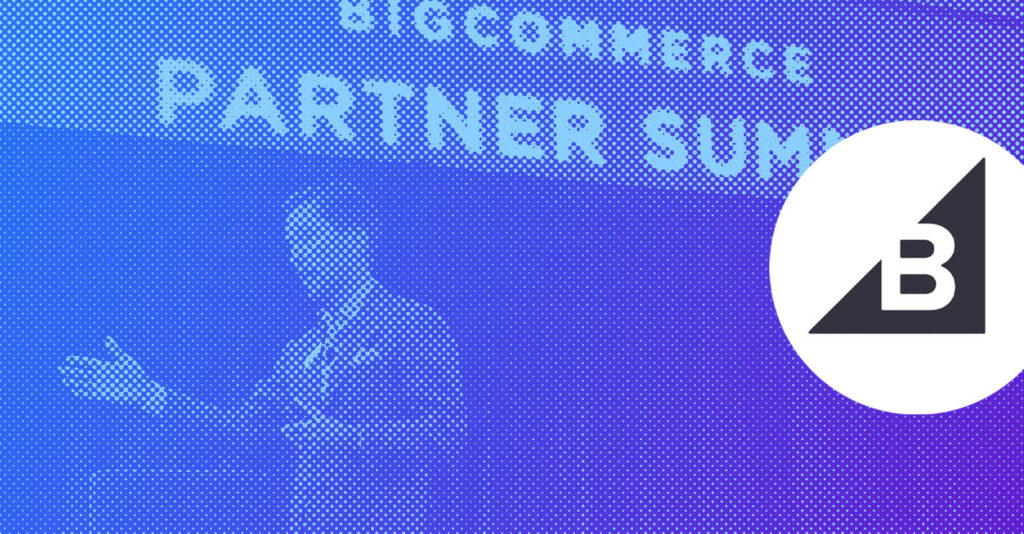How to save money on your eCommerce website build (so you can sleep better at night)

Creating an eCommerce website can be an expensive proposition. Not only do you need to pay for the design and development of the website, but you also need to pay for hosting and domain registration. However, there are ways to save money on your eCommerce website build. By following these tips, you can save money […]
Signifyd Protects a Timeless Brand

Overview Signifyd Customer Since: 2019 Solution: Revenue Protection, specifically Guaranteed Fraud Protection Customer Synopsis: Precious Moments is known around the world for their carefully curated gifts and inspiring, timeless collectibles featuring soulful illustrations of children with teardrop-shaped eyes. Today, their customers count on them for high-quality, meaningful collections that they continue to treasure and proudly […]
Creating an Improved Experience for Precious Moments

Overview Precious Moments is known around the world for their carefully curated gifts and timeless collectibles. Their customers count on them for high-quality, meaningful collections that they treasure and proudly display. As a long-standing client of Classy Llama, we’ve had the pleasure of seeing Precious Moments grow their online presence, continually looking for opportunities to […]
Three Ways BigCommerce is “Thinking Big”

Three Ways BigCommerce is “Thinking Big” At the end of October, BigCommerce hosted its Partner Summit in Austin, TX. I flew down early to hang out in ATX, and Jordan, our BigCommerce Solutions Architect, joined me in time for the event. The BigCommerce Partner Summit offered an overview of the eCommerce platform’s direction, its competitive […]
